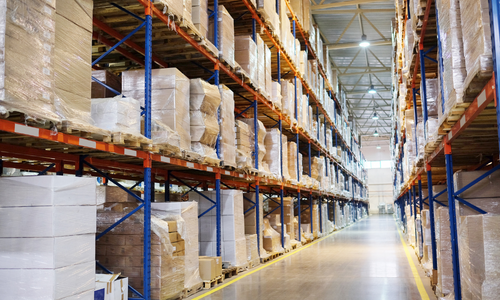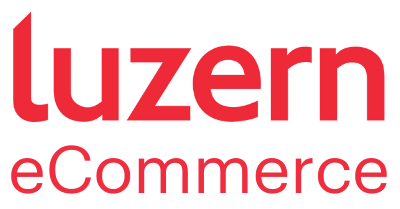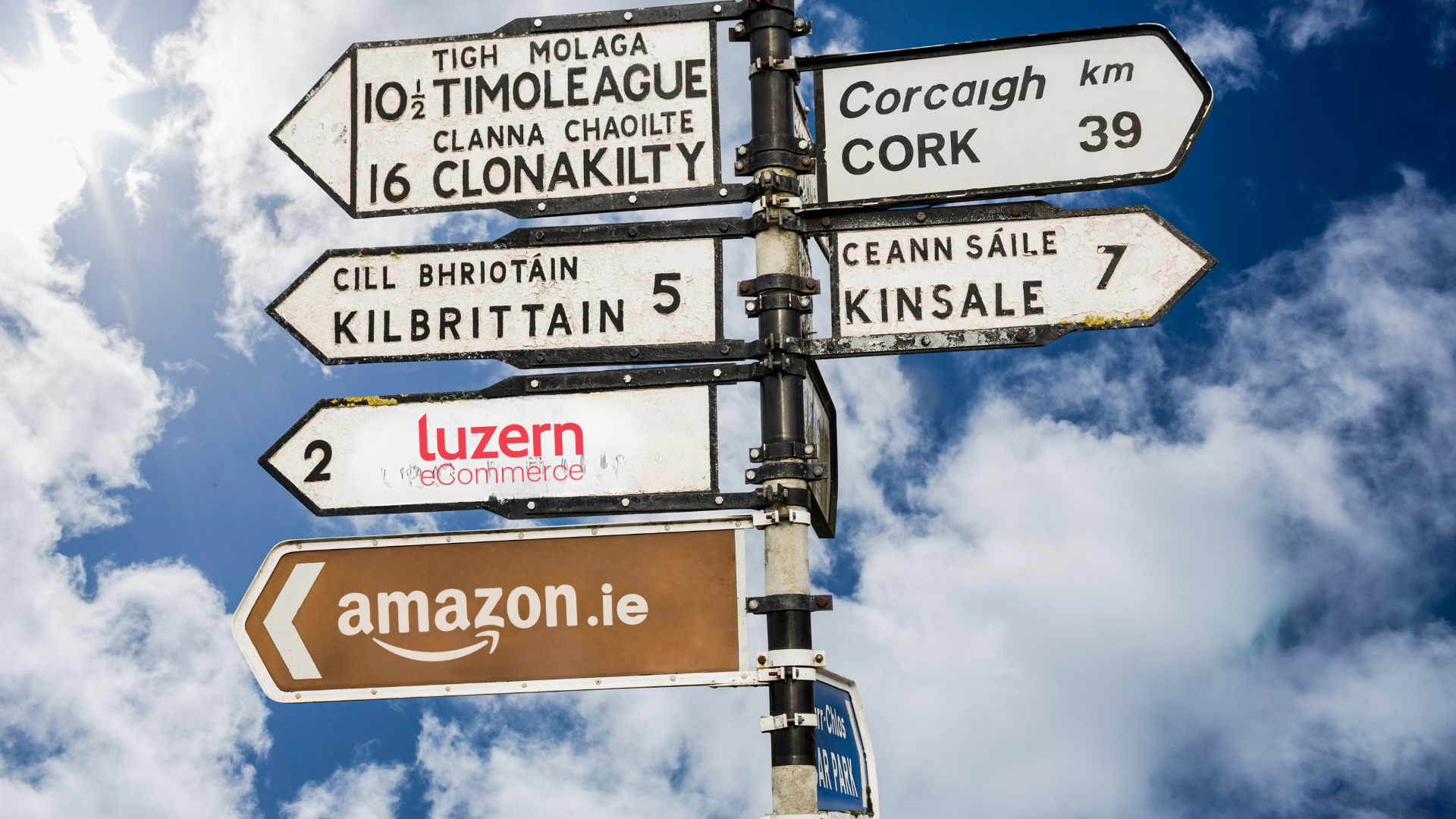What is Amazon FBA?

Fulfillment By Amazon (FBA) has a number of advantages and disadvantages for an online business. Luzern eCommerce explains all you need to know about Amazon FBA.
What is amazon fba?
Whether you are an established business or a small start up, odds are that if you are selling products you will have to make decisions about the order fulfilment methods that you want to use. With so many options in the digital space, it can be overwhelming for business owners to know where to get started. One of those options is the Amazon FBA.
FBA stands for Fulfilment By Amazon, and it can be a great solution for your online selling, inventory, and marketing needs. FBA allows 3rd party sellers to manage their sales and shipping using Amazon fulfilment centres. Read on to learn more about how FBA sellers can help your business.
How Does an Amazon Fulfilment Centre Work?
To start using the FBA platform, you first choose and send your products to Amazon so they can be sold on Amazon Marketplace. From the buyer’s point of view, your online store will look identical to stores run by Amazon directly. Once your product is purchased, Amazon will take care of the shipping and delivery, as well as any customer service issues that may arise. For customers, that means they can even access perks like free delivery when they shop with you. To use FBA, you will have to pay fulfilment fees and a monthly inventory storage fee.
Send Products to Amazon FBA
First, you need to decide which products on your Amazon page you want to sell using FBA. If you’re not sure what products will work best with the FBA system, Amazon’s FBA Opportunities tool can help you decide. Amazon’s Seller Centre also provides guided video tutorials to help with packing and labelling. Once you have decided, you will need to prepare an amount of product for sale before packing and shipping them to an Amazon fulfilment centre.
Amazon FBA Stores Your Products
Once your products arrive at a fulfilment centre, they will be available for purchase on Amazon’s website and app. FBA also has a liquidation tool if you need to manage any excess inventory, which can help you navigate any custom requirements that come with selling between the UK and the EU.
Customers Buy Your Products on Amazon Marketplace
As an FBA seller, you will still be responsible for maintaining your product listings and marketing. However, using FBA can make you eligible for a number of perks, including free super saver delivery. Amazon will also provide customer service and manage returns, as well as expand your access to regions in Europe and abroad—ultimately increasing your business' visibility on the platform.
Luzern’s Amazon expert team will help you to achieve optimal results from list optimisation, beating the competition or boosting under-performing campaigns. We've built a sophisticated Platform and process to drive optimal results. Luzern's AMAZON LISTING OPTIMIZATION SERVICES deliver effective product listings that entice shoppers and more importantly, convert to sales.
FBA Packs and Ships Your Products
Once your products are sent to a fulfilment centre and purchased through your Amazon store, FBA takes care of the rest of the packing and shipping. This includes any free deliveries or other benefits that are included for Amazon Prime customers. Using FBA gives you access to the European fulfilment network, which allows your customers in countries like Germany, France, Italy and Spain to purchase your products quickly and easily.
Responsibilities for FBA Sellers
While FBA provides a range of tools, ultimately you still need to manually update your Amazon store page’s listing and activate FBA on certain products. Amazon FBA does not provide any tools to assist you with product marketing directly. However, using FBA will increase your market scope, and purchases through FBA can be done through your personal business website, which can ultimately help you achieve your marketing goals.
To successfully use FBA, inventory management is crucial. If your products are packaged or labelled incorrectly, Amazon can solve most issues once the products arrive in the fulfilment centre - however, you will probably incur some fees in the process.
Costs of Amazon FBA
There are two types of fees payable to Amazon for using their Fulfilled by Amazon service. Firstly there are the payments you’ll need to pay in order to use FBA. This includes fulfilment fees for each unit of product you sell through FBA (this covers packing and shipping your products), as well as some customer service costs. There are also monthly storage fees. This covers some of the cost of managing your inventory and will depend on the amount of space and time your products take up in a fulfilment centre.
The second type of FBA fee is the occasional fee. These are fees that can be incurred due to inventory management. For example, a long-term storage fee can be applied to products that are stored for more than 331 days. You can also be charged an unplanned service fee for issues surrounding incorrectly processed products. This includes issues like incorrect labelling, which Amazon will fix before your products are shipped to your customers. Finally, there are removal order fees and return processing fees. These cover the cost of inventory disposal or return, and the processing fees charged when a customer buys your product with free return shipping. Amazon’s FBA Revenue Calculator can help your business account for these costs.
Pros of Using Amazon FBA
Amazon FBA is a good option if you are looking to take some of the pressure of inventory management off your shoulders, so you can focus on the important work of growing your business. There are several aspects of FBA that can make it appealing to businesses large and small when it comes to managing products. Firstly, the FBA platform is easy to set up and use and gives you access to a global marketplace of potential buyers. There are tools and tutorials included to help you master important skills like remote inventory management. These tools can help you to ensure that your most popular products are stocked or restocked on time.
Amazon’s great reputation as a provider of quickly shipped quality goods is also an excellent asset when it comes to running your business online. Your customers will be able to enjoy free delivery and other perks if you ship your products with FBA.
Cons of Using Amazon FBA
Before you decide to become an Amazon seller and use FBA, you’ll need to consider the cost and work involved. While using Amazon’s fulfilment network may allow you to reach more customers than ever before, you will have to pack and ship your own products to a fulfilment centre first. You will also need to prepare the correct labels and pack your products to meet Amazon’s shipping guidelines. While selling through FBA makes certain aspects of running your business easier there are still many jobs, like managing sales taxes, that you will have to undertake yourself. This also means if something goes wrong on your end - like a misplaced label - you can incur occasional fees.
Is Amazon FBA Right For You?
Selling on Amazon FBA might be the best choice for selling your products, but you need to carefully consider the pros and cons before you commit to this method. For example, FBA’s fees might not be worth the cost for certain businesses. FBA can be a great choice if your business deals with products that are bulkier or heavier, such as pieces of furniture. The ROI for storing and sending using FBA is usually higher with bulkier items than if you attempted to do it yourself. Conversely, it may not be as worthwhile to store and process smaller items like books or clothing items using FBA.
There is no one-size-fits-all strategy for every business. Your objectives are unique and should be weighed against the pros and cons of each model above. From the checkout experience through to supply chains and fulfilment, it’s important to consider your needs as a business, as well as the amount of time and budget you’re willing to invest. Our expert team can help you to make the best decision for your strategy.

So What’s next?

